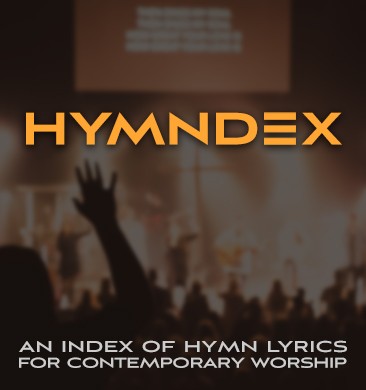So far, we’ve talked about 3 of the 7 Habits we can cultivate in our lives to be more effective Worship Leaders. This includes Reading Your Bible and Planning Ahead & Staying Ahead.
Today, we’ll finish our conversation with the final two habits, which have to do music charts & what we say on stage.
6. Write Smart Music Charts
This is easily the most practical habit on this list, but I believe that you get this one right, you won’t just be more effective, you’ll add HOURS to your month. I know that sounds like a bit much, but hear me out and see how you can turn this usually tedious task into a simple, repeatable action.
Part of what we do as Worship Leaders is to help supply our team with the plan for what we’re going to do when we gather, which includes the music charts. Whether you create your own or buy them online, it can be a real cumbersome process. Plus, if you write a chart in word or another word processor and then upload it to a service like Planning Center Services, you’ve got to write a whole new chart if you want to change keys. This is completely ineffective and can take up SO much time.
The truth is that we’re not going to stop writing/procuring music charts for our team. Even if they learn all of our songs by heart, we’re going to have new songs that come along and new arrangements, which means new charts. Since this isn’t going to go away for us, and we likely don’t want to spend all that money on charts that don’t even follow our specific arrangement, we have to find a way to write smarter music charts.
So what do I mean by Smart Music Charts? Specifically, writing a smart music chart means that I write it once, have it magically in every key, and can easily manipulate it for a new arrangement. But how can we do this? Enter Planning Center Services’ Chords & Lyrics editor.
By using Services’ built in Chords & Lyrics editor, we can write a chart, and have the chart available, instantly, in every key. You can also add some elements to the page for direction within the song and can use some notation for charting instrumental sections with tricky chord changes.
This is especially helpful when you need to be flexible with your team. Need a chart relative to Capo 5 for your Acoustic player? Two clicks and done. Want a lyrics-only sheet for Vocalists? One click and done. You can also change keys on the fly and have your chart move with you. No extra time added to your week and no extra headaches when your Vocalist feels more comfortable in Bb than in B (been there).
7. Plan What You’re Going to Say
Lets do some math. In a given 75 minute gathering, how much time is the message? Maybe 35-40 minutes, something like that? And how much time do you think your pastor spends preparing that message? Most of the pastors I know spend somewhere between 15 and 20 HOURS crafting their messages. That is some serious time put into preparation of what they are going to say.
Well, how much of that time is music? Maybe 25-35 minutes, depending on how many songs, right? And how much time do we spend preparing what we’re going to say? Not sing, but say. Yea . . . ouch.
I’m not trying to make a direct connection, because we spend the majority of our time on stage singing rather than being a straight forward orator. But I do believe that more often than not, our default is to just speak in the moment. While this isn’t bad, I would argue that it definitely isn’t always best.
Sure, with time, experience, & a sensitivity to the Holy Spirit, this kind of speaking in the moment can be very powerful. However, I would argue that most people end up saying something confusing, incorrect, or even heretical. I’m not over exaggerating. Listen back to recordings of yourself or your Worship Leaders when they speak in the moment. You’ll be surprised how often it seems good but doesn’t really make sense.
What I’m suggesting is that we take the time to plan out what we’re going to say in specific moment of our gatherings. Some of us will need to script every word. Others will be effective with a general outline. The essential point is to be prepared to lead in that moment. We prepare well so we can lead well.
For myself, I tend to use a main idea or crafted phrase I want to use coupled with some scripture. I like to memorize the scripture verbatim, and typically have it on the screen in the room as well. If you do this kind of thing in the moment, you can’t have this kind of assistance to support the message you’re trying to convey in the moment.
*One last thing I’ll say about this is that our job is to find a balance between being a “Song Singer”* and a “2nd Teaching Pastor.”* We don’t need to get on stage every week, sing the songs and get off stage. We also don’t need to get on stage and end up preaching another mini-message every week. Our goal is to find the balance, somewhere in the middle, where we can best serve the moment in the gathering.*
When we take the time to plan what we’re going to say, we will be even more effective on stage as Worship Leaders, and we will serve our congregations even better.









